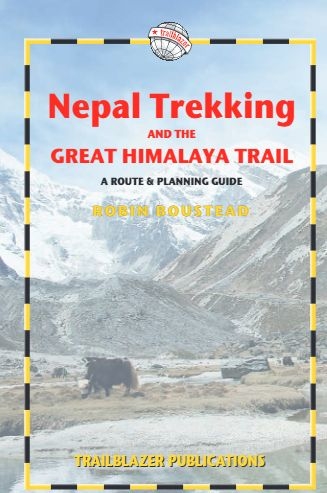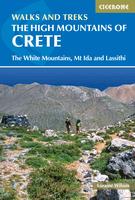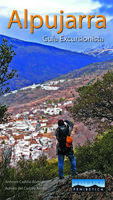Nepal Trekking & The Great Himalaya Trail
Trailblazer
Editorial: Trailblazer
ISBN: 978-1-912716-16-6
Encuadernación: Tapa blanda
Edición: 3
Número de páginas: 332
Tamaño: 12 x 19
The Nepal Himalaya is amazing; a place where you can immerse yourself in cultures little changed by the modern world and be inspired by the greatest mountain scenery on the planet. Since the early 1950s, trekkers have been exploring the countless valleys and peaks of the mid-hills, pahar, and high ranges, himal, throughout Nepal. Recent elections and relative political stability have led to a surge in visitors and the mountains once again offer unhindered trails for anyone to explore. The three main trekking regions, Everest (Solu-Khumbu), Annapurna and Langtang attract over 160,000 trekkers every year but represent less than a quarter of Nepals himals. If you want a little luxury, facilities have never been better along these major trekking routes, sometimes rivalling those found in Europe or elsewhere. Trails are well maintained and safe, and locals will welcome you with a genuine friendliness that will make your heart melt. The other three-quarters of Nepals mountain terrain is considered off-the-beaten-track and often counts visitors in mere dozens. From the lush rhododendron forests of the east to the dense woodlands of the west the himals form a wilderness interspersed with remote communities that have remained relatively untouched. In these regions, a small trekking group can make a real difference to lives that often barely subsist. Although the mountains are beyond compare, it is the people you meet along the trail who linger in your memory. You cant help but admire their indefatigable boldness and energy, their independence, strength and resilience when times are bad, and their fun, open-hearted, generous nature towards strangers who may never return. Its impossible to make a comparison, but surely the people of the Himalaya are the very best of mankind? In 2002, the Nepali government reconciled all border disputes with its northern neighbour China. This de-militarised seven border areas and for the first time in over fifty years tourists were allowed to explore them. All these areas offer unique trekking opportunities, with many resembling the now popular regions as they were thirty or more years ago. They also tend to be next to the major trekking routes so its possible to design itineraries combining old and new routes thus making your holiday a more complete Nepali experience. For many years, one of the great trekking holy grails has been a route through the remotest peaks of the entire Himalaya, linking all the major trekking regions. The author is the first person to survey, plot and describe such a route: the Great Himalaya Trail (GHT). The Nepal section of the GHT can take 90 to 160 days of walking, so for convenience it is broken into sections, all of which have easy access and lower route alternatives through the pahar. The introduction of new trekking routes through remote communities will encourage micro-tourism projects in places that are too remote for intensive infrastructure development. By creating value in regions that previously had little to offer for tourism, it is hoped that the relevant government departments will establish a network of National Parks and Conservation Areas as a trans-boundary corridor for animal migration, which could reduce illegal hunting and help save many endangered species. The snow-covered crown of Asia may then become one of its greatest assets.
Sin stock





